Description
Ground Adjustable Solar system is based on different seasons, manually adjust the component Angle to the best seasonal Angle, generally adjusted 2 to 4 times a year, suitable for middle and high latitude areas. According to the measured data, the Adjustable Solar type can increase the power generation by 3%~8% compared with the fixed type with the best Angle;
Technical principles of adjustable solar installation:
According to the principle of sunlight, the maximum amount of solar radiation can be obtained when the adjustable solar array is at 90° with the incident angle of the sun. Therefore, the installation inclination of the adjustable solar array in different areas needs to change with the seasons. The spring equinox, summer solstice, autumnal equinox, and winter solstice are the turning points of the change of the sun’s incident angle.
Taking the adjustable solar array installed in the northern hemisphere as an example, the inclination angle is adjusted four times a year for analysis.
At the vernal equinox, the sun shines vertically on the equator, and the sun’s declination angle is 0°. In order to obtain the maximum amount of solar radiation, the best inclination angle for adjustable solar array installation is the local latitude angle;
From the spring equinox to the summer solstice, the vertical position of sunlight also moves from the equator to the Tropic of Cancer. The sun’s declination angle is 23°27′. The best angle for installing the adjustable solar array is the latitude angle minus 23°27′;
From the summer solstice to the autumnal equinox, the vertical position of sunlight moves from the Tropic of Cancer to the equator. The solar declination angles at the autumnal and vernal equinoxes are the same at 0°. The optimal inclination angle for the installation of adjustable solar arrays is the local latitude angle;
From the autumnal equinox to the winter solstice, the vertical position of sunlight moves from the equator to the Tropic of Capricorn. When the sun’s declination angle is -23°27′, the optimal inclination angle for adjustable solar array installation is the latitude angle plus 23°27′.
The inclination angle of the adjustable solar array can be adjusted before the vernal equinox, summer solstice, autumnal equinox and winter solstice respectively. It is assumed that the solar declination angle in the northern hemisphere is a positive number and the solar declination angle in the southern hemisphere is a negative number. Sunlight moves within the Tropic of Cancer to the Tropic of Capricorn throughout the year, and the installation inclination of the photovoltaic array is the local latitude minus the solar declination angle.
Ground photovoltaic power station is a facility that uses solar energy to generate electricity. A large number of solar panels are installed on the ground to form a battery array, which is used to collect solar energy and convert it into electrical energy. Ground photovoltaic power stations usually consist of solar panels, photovoltaic inverters, grid connection equipment and supporting facilities.
WHB&R Other ground photovoltaic systems include:
Fixed photovoltaic systems, adjustable solar systems, Complex Mountain fixed photovoltaic systems, cable structure flexible photovoltaic systems, intelligent tracking photovoltaic systems, agriculture, Solar with forestry, animal husbandry, and fishery complementary photovoltaic systems, building facade photovoltaic systems, etc.
Ground photovoltaic power stations have the following advantages over other solar power generation methods:
- Scale effect: Ground photovoltaic power stations can accommodate more solar panels and utilize more solar resources, so they have higher power generation efficiency and larger power generation capacity.
- Easy maintenance: The solar panels of the ground photovoltaic power station are installed on the ground, which is easy to maintain and clean, and facilitates the maintenance and replacement of equipment.
- Flexibility: The layout and structure of ground photovoltaic power stations are relatively flexible and can be adjusted and optimized according to terrain and conditions to maximize the use of solar energy resources.
- Ground photovoltaic power stations are widely used in industrial areas, rural areas, farmland, deserts and other open areas to provide clean energy for local areas and drive local economic development. At the same time, ground photovoltaic power stations can also be combined with other energy generation methods, such as wind power, to form an integrated energy system and improve energy utilization efficiency.
- Ground photovoltaic power stations have high power generation efficiency and stability and can meet large-scale power needs. Compared with distributed photovoltaic power stations, ground photovoltaic power stations have larger installed capacity and can provide more stable power supply to meet the power needs of industry and cities.
The global demand for renewable energy continues to increase, and ground photovoltaic power stations, as a clean energy power generation method, have huge development potential. With the increase in environmental awareness and government support for renewable energy, the market demand for ground-mounted photovoltaic power plants will continue to grow.
Development opportunities and main driving factors of the ground photovoltaic power station industry:
- The government’s support for clean energy continues to increase, and it encourages the construction and development of photovoltaic power stations through various policies and measures to provide a good development environment and policy guarantee for the industry.
- The global demand for renewable energy continues to grow, especially the pursuit of clean energy. Ground photovoltaic power stations, as an important source of renewable energy, will receive more market demand.
- With the advancement of technology and the realization of economies of scale, the construction and operating costs of photovoltaic power stations continue to decrease, making photovoltaic power stations more competitive and attracting more investments and users.
- The continuous innovation of photovoltaic power station technology, including the improvement of the efficiency of photovoltaic modules, the improvement of module materials and the intelligence of equipment, has promoted the improvement of the performance and efficiency of ground photovoltaic power stations.
- The increasing global emphasis on environmental protection and emission reduction, especially the need to deal with environmental issues such as climate change, has promoted the development of photovoltaic power plants.
- Compared with other forms of photovoltaic power stations, ground-based photovoltaic power stations can utilize wider land resources, reduce land use costs, and have greater development space.

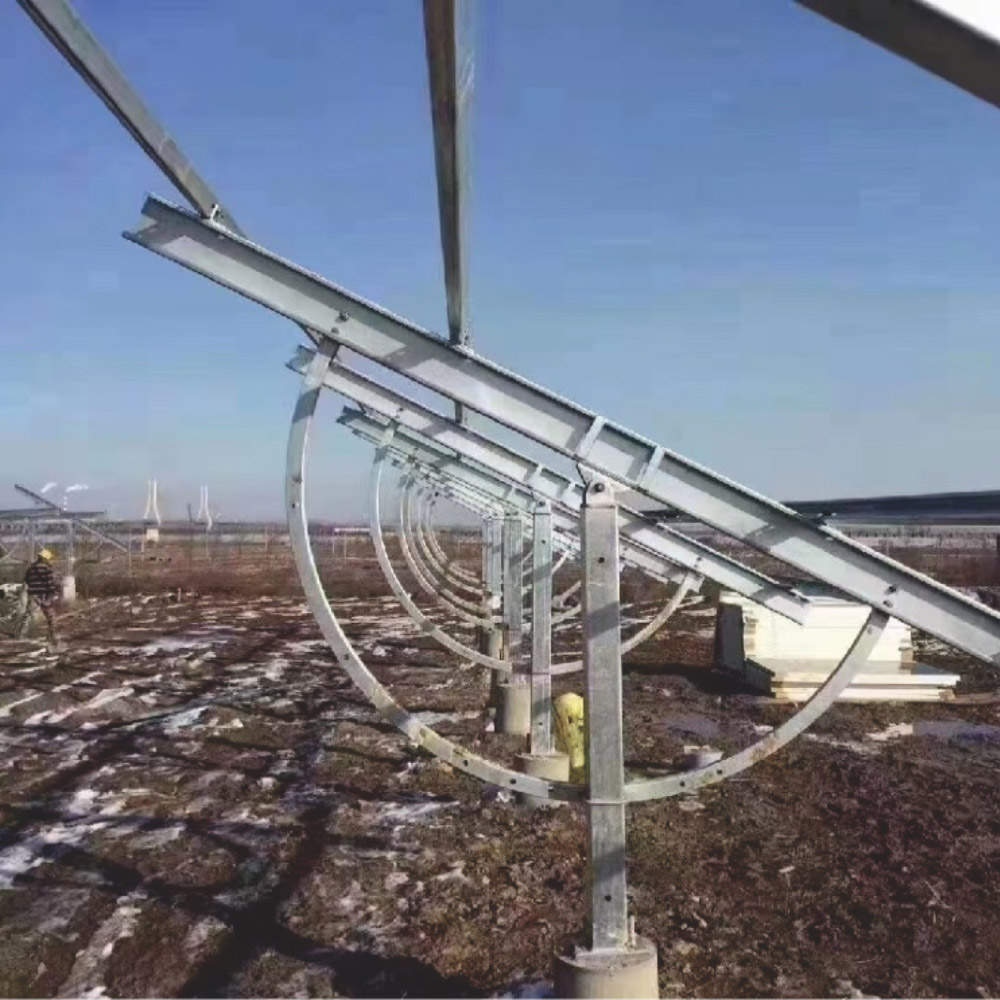
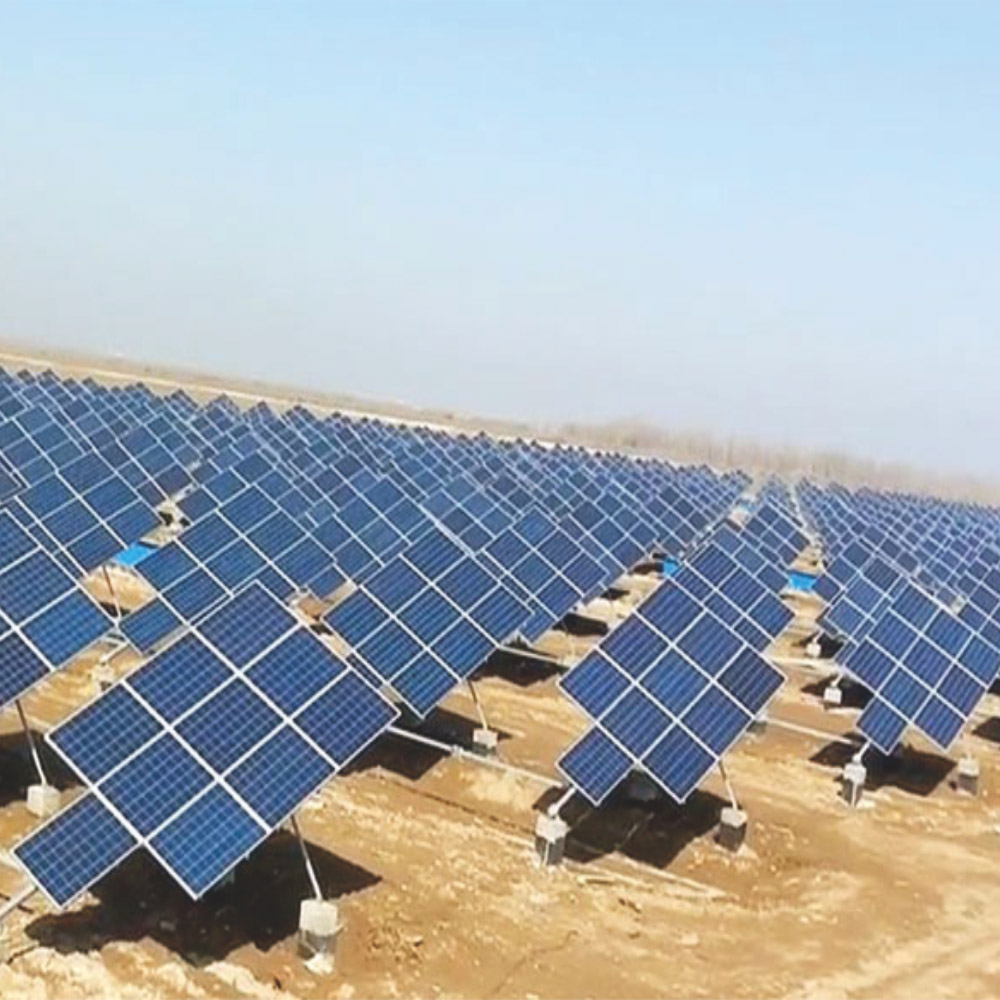
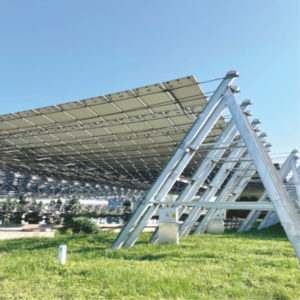
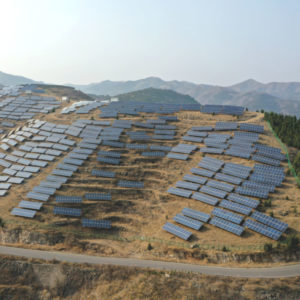
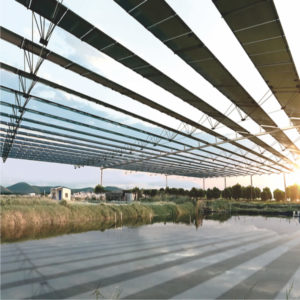
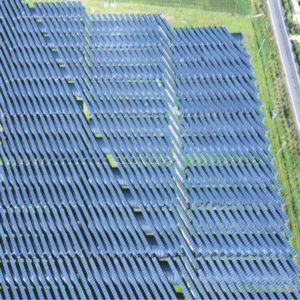
Reviews
There are no reviews yet.